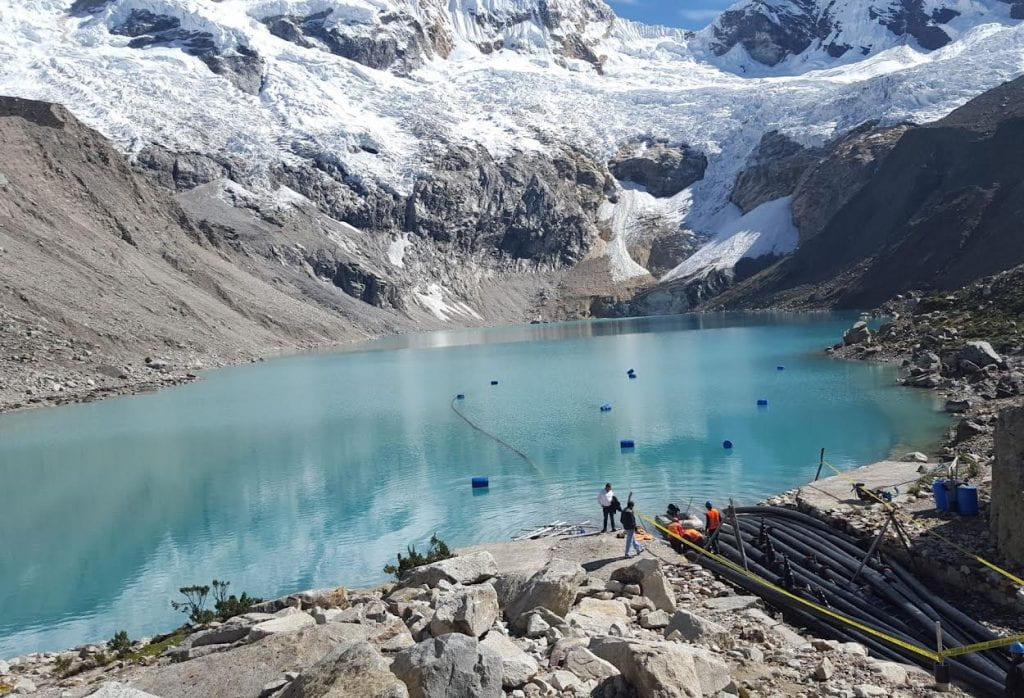By Dylan Basescu
When it comes to heat, not all neighborhoods in Washington, D.C. are created equal. In denser areas of the city with less wind, less green space, and less tree cover, heat radiates and is trapped at much higher rates that vary the ambient air temperature by up to 16 degrees Fahrenheit. This phenomenon is known as the urban heat island effect. This difference means different energy bills, emissions levels, health outcomes, and quality of life for thousands of residents. The District of Columbia has already noted this issue and implemented some programs to mitigate the heat island effect. However, D.C. can do more to mitigate heat islands in the most impacted communities in the District by expanding permeable surface replacements, creating a legal standard for tolerable heat, and installing new green roofs and roads in new construction.
Continue reading “Heat Islands and Race in Washington, D.C.”





